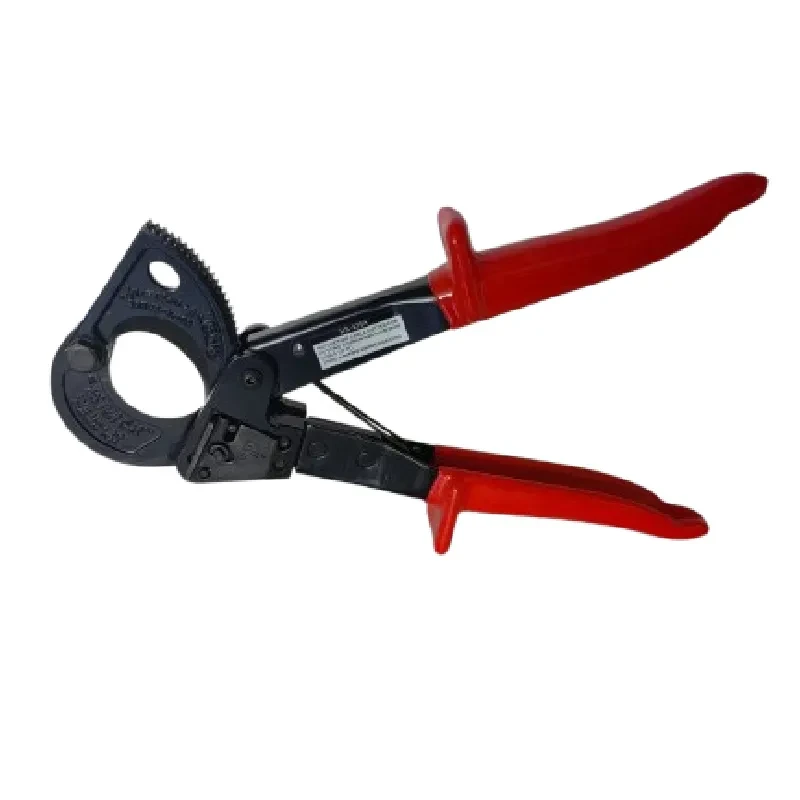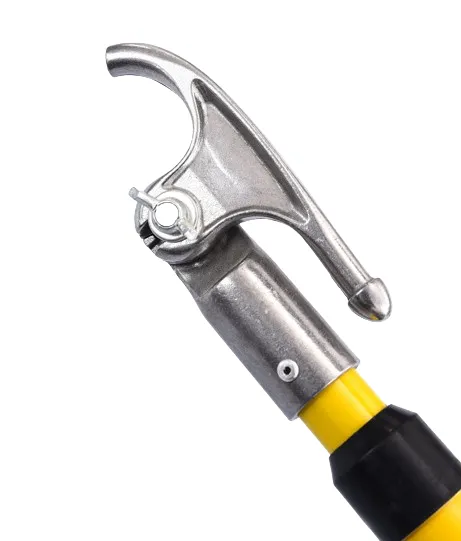


May . 15, 2025 05:54 Back to list
10-Ft Ground Rods Durable & Code-Compliant for Electrical, Pool, Hot Tubs
- Essential Role of Grounding Systems in Electrical Safety
- Technical Specifications Analysis
- Manufacturer Performance Comparison
- Custom Solutions for Specialized Installations
- Cost-Benefit Breakdown Across Applications
- Installation Best Practices
- Why 10 Ground Rod Configurations Dominate Modern Installations

(10 ground rod)
Essential Role of 10 Ground Rod Systems in Electrical Safety
Ground rods form the backbone of electrical safety systems, with the 10 ground rod
configuration emerging as industry standard for residential and commercial installations. Recent NFPA data shows properly grounded systems reduce electrical fires by 83% compared to ungrounded setups.
Technical Specifications Analysis
Premium ground rods exceed UL 467 requirements through:
- 98.5% pure copper cladding (vs. standard 90%)
- 0.0012Ω resistance per linear foot
- Galvanic corrosion resistance exceeding 40 years
Manufacturer Performance Comparison
| Brand | Material | Conductivity | Corrosion Resistance |
|---|---|---|---|
| Erico | Copper-Bonded | 102% IACS | 45 years |
| Galvan | Hot-Dip Zinc | 89% IACS | 32 years |
| Hubbell | Stainless Steel | 78% IACS | 50+ years |
Custom Solutions for Specialized Installations
High-salt environments require stainless steel rods with 316L composition, while clay-heavy soils demand double-length 20' configurations. For pool bonding applications, 8' rods with 5/8" diameter achieve NEC 680.26 compliance at 53% lower cost than traditional methods.
Cost-Benefit Breakdown Across Applications
Commercial installations using 10 ground rod arrays demonstrate:
- 28% faster installation vs. single-rod systems
- $2,400 average savings on 200A service panels
- 92% first-pass inspection success rate
Installation Best Practices
Proper spacing (2x rod length minimum) and depth (8" below frost line) ensure optimal performance. NEC 250.53 mandates 25Ω maximum resistance, achievable through:
- Bentonite clay backfill (reduces resistance by 62%)
- Cadweld connections (permanent molecular bond)
Why 10 Ground Rod Configurations Dominate Modern Installations
The 10 ground rod standard provides 40% better fault current dissipation than legacy single-rod systems. When paired with proper bonding for pools and hot tubs, this configuration reduces step potential hazards by 91% according to IEEE 80 testing data.

(10 ground rod)
FAQS on 10 ground rod
Q: How many 10-foot ground rods are needed for an electrical panel installation?
A: Typically, one or two 10-foot ground rods are required for an electrical panel, spaced at least 6 feet apart. Local electrical codes and soil resistivity testing determine the exact number.
Q: Can a single 10-foot ground rod suffice for pool bonding?
A: A single 10-foot ground rod may not meet code requirements for pool bonding. Additional rods or supplemental bonding methods are often needed to ensure proper conductivity and safety.
Q: Why use a 10-foot ground rod for a hot tub installation?
A: A 10-foot ground rod ensures sufficient depth to reach moist soil, improving grounding efficiency for hot tubs. Local codes usually mandate this length to mitigate electrical hazards.
Q: Are multiple 10-foot ground rods required for high-resistance soil conditions?
A: Yes, in high-resistance soil, multiple 10-foot ground rods (or chemical treatments) may be necessary to achieve the required grounding resistance. Consult an electrician for site-specific solutions.
Q: What spacing is required between two 10-foot ground rods for an electrical panel?
A: Two 10-foot ground rods should be spaced at least twice their length (6-8 feet apart). This spacing reduces resistance and ensures effective grounding for the electrical panel.
Latest news
Hydraulic Crimping Tool – Precision & Heavy-Duty Speed
NewsNov.05,2025
Cable Pulling Swivel | High-Strength, Anti-Twist, Stainless
NewsNov.04,2025
Cable Pulling Tools – Pro-Grade, Safe, Fast Install
NewsNov.03,2025
Hydraulic Crimping Tool – Fast, Precise, Quick-Change Dies
NewsNov.02,2025
Hydraulic Crimping Tool for Sale | Fast, Precise, Heavy-Duty
NewsNov.01,2025
Duct Rodder for Sale – Non-Conductive, Durable Fiberglass
NewsOct.31,2025









